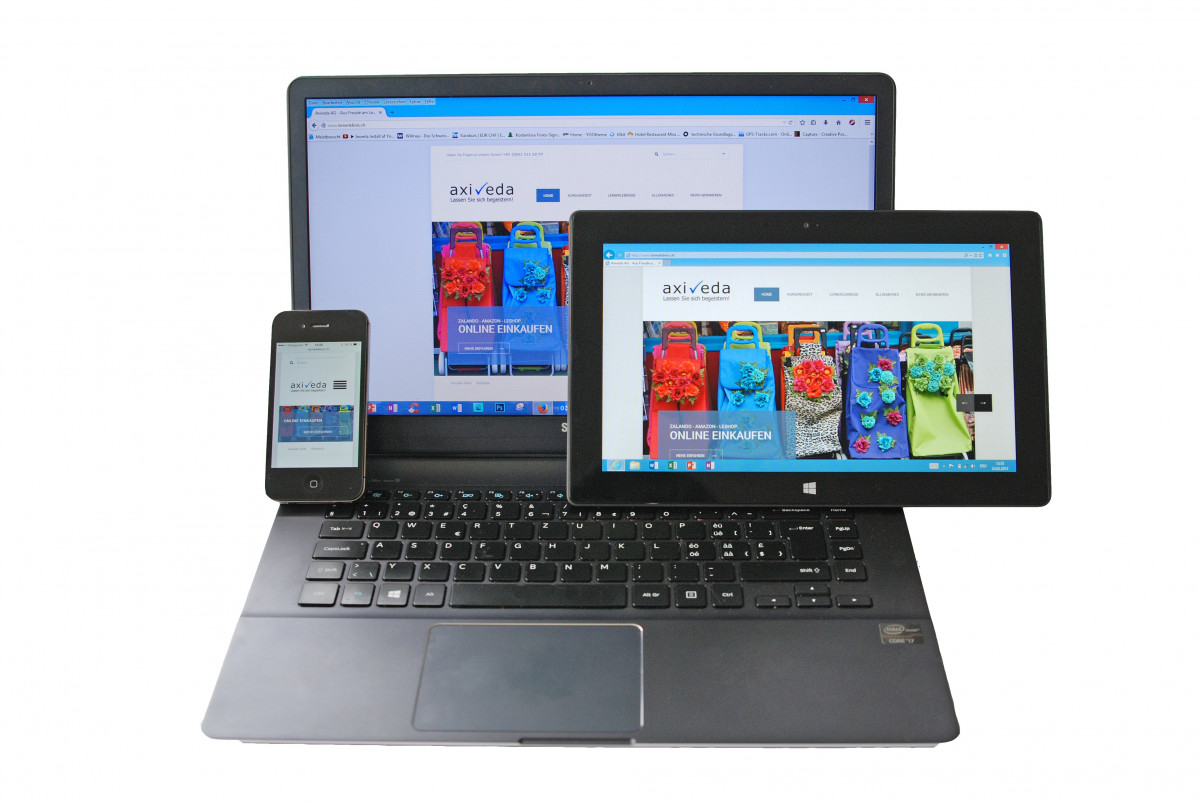Visual Hierarchy: Guiding Users to Interface Clarity

In the fiercely competitive, visually saturated landscape of digital products, a website or application’s success is fundamentally determined by its capacity to communicate complex information instantaneously and guide the user’s attention flawlessly. When users encounter a screen, their attention is immediately fragmented by the array of text, images, buttons, and links competing for focus. A failure to impose clear order on these elements results in severe cognitive overload and instant user confusion.
Visual Hierarchy and Interface Clarity is the indispensable, specialized design discipline dedicated entirely to meticulously organizing every on-screen element. This crucial practice leverages psychological principles and aesthetic contrast to ensure that the most important information is seen first, understood immediately, and acted upon effortlessly. Mastering this discipline transforms a complex interface into a predictable, intuitive, and highly effective digital tool.
Understanding the core design principles, the specialized tools of contrast, and the necessity of aligning visual priority with user goals is absolutely non-negotiable. This knowledge is the key to minimizing user friction, maximizing conversion rates, and securing long-term loyalty in the vast digital arena.
The Indispensable Logic of Directed Attention
The core challenge of interface design is managing the user’s finite resource of attention. The human brain is naturally wired to seek patterns, recognize visual cues, and quickly establish relationships between disparate elements. Effective design actively leverages this innate wiring. It guides the user’s eye seamlessly through the content flow.
Visual Hierarchy is the strategic organization of all elements in order of their importance. The goal is to ensure the user processes the page’s information in the exact sequence intended by the designer. This discipline minimizes the cognitive load required. It allows the user to make rapid, accurate decisions.
A well-established hierarchy immediately answers two critical user questions. These are, “What is the most important thing on this screen?” and “What should I do next?” Clarity in addressing these questions drastically reduces user frustration. It prevents them from abandoning the site.
The failure to establish a clear hierarchy results in a chaotic, flat interface where all elements compete equally for attention. This visual confusion forces the user’s mind to work harder. This necessary effort slows down task completion. It quickly leads to abandonment and low conversion rates.
The pursuit of clarity and ease of use is rooted in empathy. Design must prioritize the user’s goal above all else. A functionally optimized interface builds instant credibility and essential user trust.
Core Principles of Visual Dominance

The effective creation of visual hierarchy relies on meticulously manipulating specific aesthetic attributes to signal the relative importance of each element on the screen. These attributes, when used consistently, establish dominance and guide the user’s focus effortlessly. Contrast is the non-negotiable tool for emphasis.
A. Size and Scale
Size and Scale are the most direct and fundamental tools for establishing visual dominance. Larger elements instantly attract more attention than smaller ones. The most critical content—the main headline, the primary call-to-action (CTA), or the core product image—should be disproportionately larger than supporting text or secondary navigation links. Size communicates non-verbally that an element is paramount.
B. Color and Contrast
Color and Contrast are powerful emotional and functional levers. Bright, saturated colors (especially those used for warning or action) instantly draw the eye. Contrasting a primary action button with the background color (e.g., a green button on a white background) visually directs the user to the next step. Color should be used functionally and sparingly for emphasis. Overusing bright colors creates visual noise.
C. Typography and Weight
Typography manipulation, specifically font weight and size, is crucial for hierarchical structuring. Bold or heavier fonts establish immediate dominance for headings and key phrases. Larger font sizes signal higher importance than smaller body text. Utilizing a consistent, limited set of font weights creates clear levels of reading priority and improves overall readability.
D. Spacing (Whitespace) and Proximity
Whitespace (or negative space) is the empty area surrounding design elements. Strategic use of whitespace is essential for focus. Isolating a critical element with generous whitespace visually separates it from clutter. This isolation draws the user’s eye to the element. The principle of Proximity suggests that elements placed physically close together are perceived by the user as being functionally related. Logical grouping is essential for intuitive navigation.
Functional Organization and Clarity

Interface Clarity ensures that the user can immediately understand what a digital product does and how they should interact with its controls. Clarity is achieved through consistent patterns, logical organization, and accessible communication. Functional consistency is paramount for usability.
E. Consistent Navigation
Navigation is the backbone of the entire user experience. The structure must be simple, intuitive, and perfectly consistent across every single page and platform. Users rely on predictable patterns for finding their way. Navigation links should be clearly labeled and placed in standard locations (e.g., top header, footer). Inconsistent navigation creates instant confusion and high friction.
F. Feedback and System Status
The interface must provide constant, immediate feedback and system status to the user. When a user submits a form, the system must confirm the submission instantly. When a function is being processed, a loading indicator or spinner must be displayed. Clear communication of system status minimizes user uncertainty and prevents the belief that the application has frozen or failed.
G. Clear Labeling and Iconography
All interactive elements require clear, unambiguous labeling. Icons, when used, must be universally recognizable (e.g., a magnifying glass for search, a house for home). If an icon is abstract or unique, it must be paired immediately with a text label for absolute clarity. Ambiguous iconography forces the user to guess the function, introducing friction.
H. Error Prevention and Messaging
Effective design prioritizes error prevention. Forms should utilize input masking and proactive validation to prevent users from entering invalid data. When an error inevitably occurs, the error message must be immediate, polite, and explicitly guide the user on how to correct the specific mistake. Vague or hostile error messages drive rapid user abandonment.
Strategic Design Implementation
The successful implementation of UI/UX best practices is a continuous, data-driven process that requires rigorous testing and alignment with the final business goals. Aesthetics must be validated by measurable user behavior. Implementation requires iterative discipline.
I. Mobile-First Approach
Adopting a Mobile-First Approach is mandatory for achieving universal interface clarity. Designing for the smallest, most constrained screen first forces the team to prioritize core functionality and essential content ruthlessly. This streamlined approach minimizes visual clutter. It ensures the design is inherently fast and efficient on all devices.
J. Usability Testing
Usability Testing is the non-negotiable quantitative and qualitative method for validating the design hierarchy. Observing real users as they attempt to complete critical tasks reveals friction points, confusing navigation paths, and areas where the visual hierarchy is failing. Data collected from eye-tracking and click maps informs necessary design adjustments.
K. Call-to-Action (CTA) Priority
The Call-to-Action (CTA) must be the visual climax of the entire page hierarchy. The CTA button must utilize contrast, size, and compelling copy to instantly draw the user’s eye. The supporting content must logically and persuasively lead the user directly to this critical conversion point. Failure to prioritize the CTA directly translates into lost revenue.
L. Accessibility Integration (WCAG)
Accessibility Integration is mandatory for universal clarity. Design must adhere strictly to WCAG standards. This involves ensuring high color contrast for text, using clear typography, and correctly implementing semantic HTML. Design that supports users with disabilities is fundamentally clearer and more usable for the entire population.
Conclusion
Visual Hierarchy and Interface Clarity are the essential principles guiding digital design success.
The core goal is to relentlessly minimize the cognitive load required, allowing users to process information rapidly and intuitively.
Hierarchy is established using manipulated elements of size, color, and contrast, ensuring the most important content instantly captures attention.
Strategic use of whitespace isolates critical elements, preventing visual clutter and significantly improving the overall perceived simplicity of the interface.
Clarity in function is achieved through mandatory consistency in navigation patterns and clear, unambiguous labeling of all interactive controls.
The mobile-first approach is necessary for enforcing content prioritization, ensuring core functionality is available on the most constrained screen.
The design must provide constant, immediate system feedback to the user, minimizing uncertainty and preventing the belief that the application has failed.
Rigorous usability testing and A/B splitting are the non-negotiable tools for validating the hierarchy against objective user behavioral data.
The CTA must be the visual climax of the page, utilizing strategic design elements to maximize conversion and guide the final desired action.
Mastering this blend of aesthetic precision and engineering logic is the ultimate key to securing essential user trust and high engagement rates.
UI/UX excellence is the final, authoritative guarantor of commercial viability and sustained performance in the highly competitive digital marketplace.
A clear, intuitive interface transforms a complex technological system into a rewarding and highly effective tool for the end-user.